A hidden gem from Japan delivers a knockout boot.
Earlier this year, I had the huge pleasure of exploring football boot shops in Japan and discovering new boots and brands exclusive to the land of the rising sun. One such hidden gem was the GAViC Mathieu Ichi Ten.
Modern day boots have mostly trended towards clear identities – padded uppers with a bulkier vibe or thinner upper with a sleeker design. GAViC eschews this thinking to bring something different to the table, combining a padded leather upper with a lightweight, sprintframe-esque soleplate. They’ve also taken elements like the toepick stud from the Nike Tiempo Legend 7 Elite along with a mostly conical stud layout.

Could GAViC be on to something that the big brands have forgotten in recent years? Let’s find out.
GAViC Who?
Born from the phrase “GAin ViCtory”, GAViC is a Japanese brand who have mostly focused on futsal shoes and have amassed decent street cred with the futsal community.
In Nov 2018, they decided to enter the highly competitive football boot market with the MATHIEU ICHI series – the Ten & Jin. “Jin”, which stands for human, is their synthetic offering with shades of the old Under Armour Clutchfit system.
The Ten (which means “Heaven”), though, is their leather boot entry and it had me all excited.
A Touch of Heaven
Like most Japanese boots, the GAViC Ten opts for a Kangaroo leather forefoot, an artificial leather mid-foot and a HG soleplate. Where it differs, is the style of forefoot. Unlike most brands, the forefoot uses a thicker layer of kangaroo leather supplemented with memory foam underneath it as well as a unique stitching pattern.
Most leather boots implement lateral stitching to prevent the leather from overstretching. The GAViC Ten, however, also uses it to create large ‘puffy’ pads on the upper ala the classic Nike CTR 360 Maestri 1.
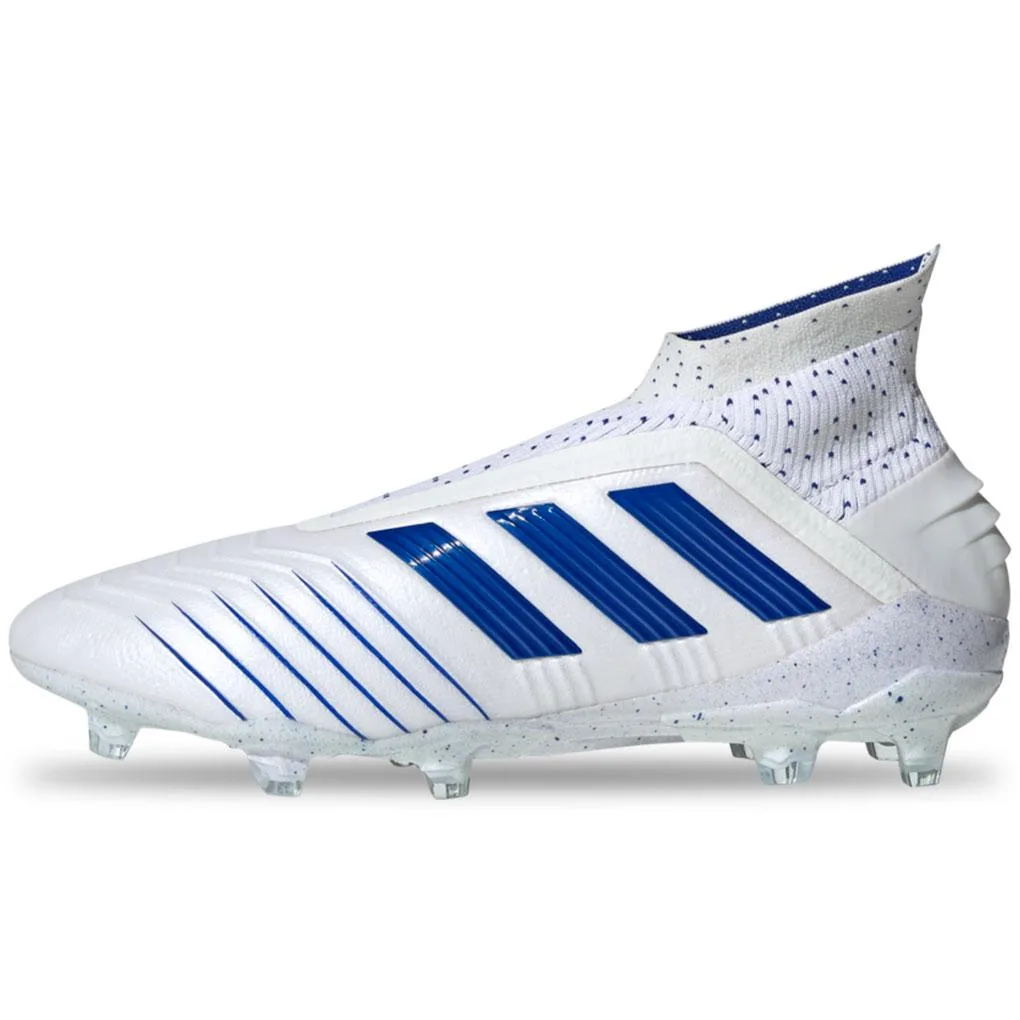
On the midfoot, they’ve also used Poron inserts to create their Hisaki Pad, to aid receiving and passing the ball with the midfoot. The GAViC Ten features uses an off-center lacing to leave a larger and clean surface area for ball control. With the soleplate, GAViC have used a lightweight PEBAX outsole to reduce the overall weight of the boot to around 200g – very light for a leather boot.
Before we touch on pitch performance, I wanted to throw GAViC a huge shoutout for the extremely gorgeous shoebox it came with. The box genuinely made me feel like I had just purchased a quality product – very typical of the Japanese to put in top notch quality in their packaging. I do wish more brands would put the same effort into their boxes especially when considering the prices of some of the ‘elite’ boots.
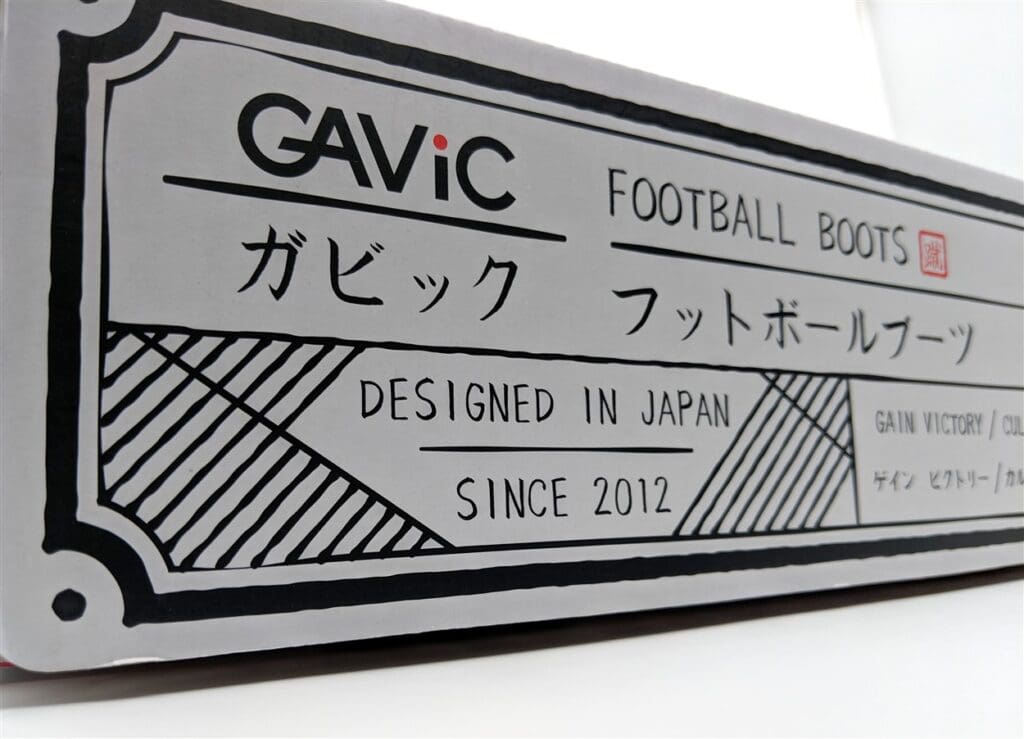
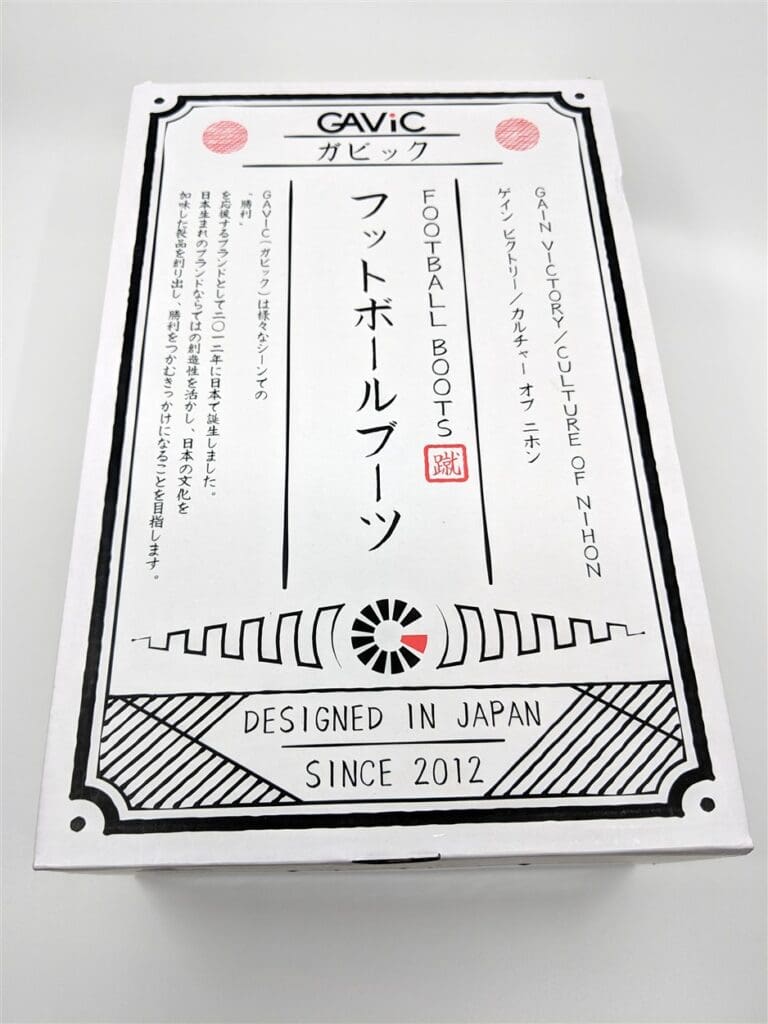
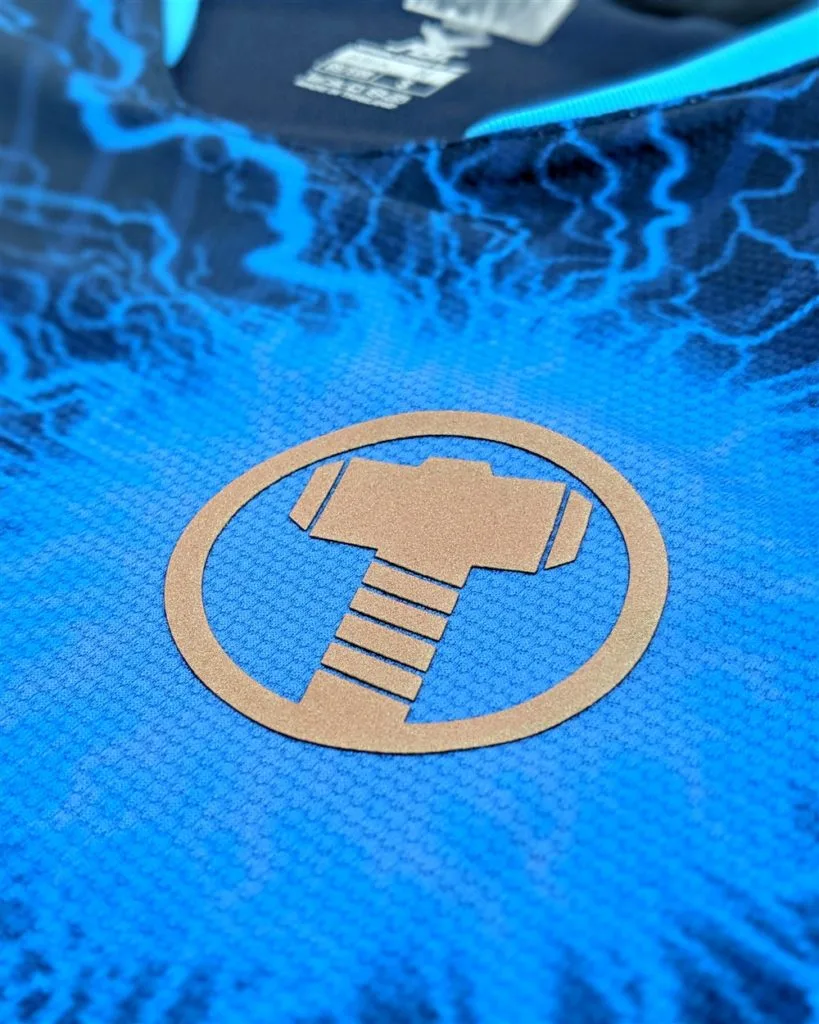
From the Heavens to the Field
As a leather boot purist, I’ve always favoured padded leather boots, which are pretty much extinct at today. The leather on the GAViC Ten needed some time to get buttery soft, but once broken in, they felt amazing on the ball.
Mentally, I felt like my touch and control of the ball were elevated to the next level due to how nicely the stitching and leather worked together. It was definitely a sharp pivot from the more minimalistic modern boots out there like the Nemeziz 19.1 and the Nike PhantomVNM. The thicker upper also ensures slightly better protection although it’ll always hurt whenever you get stepped on in a game.
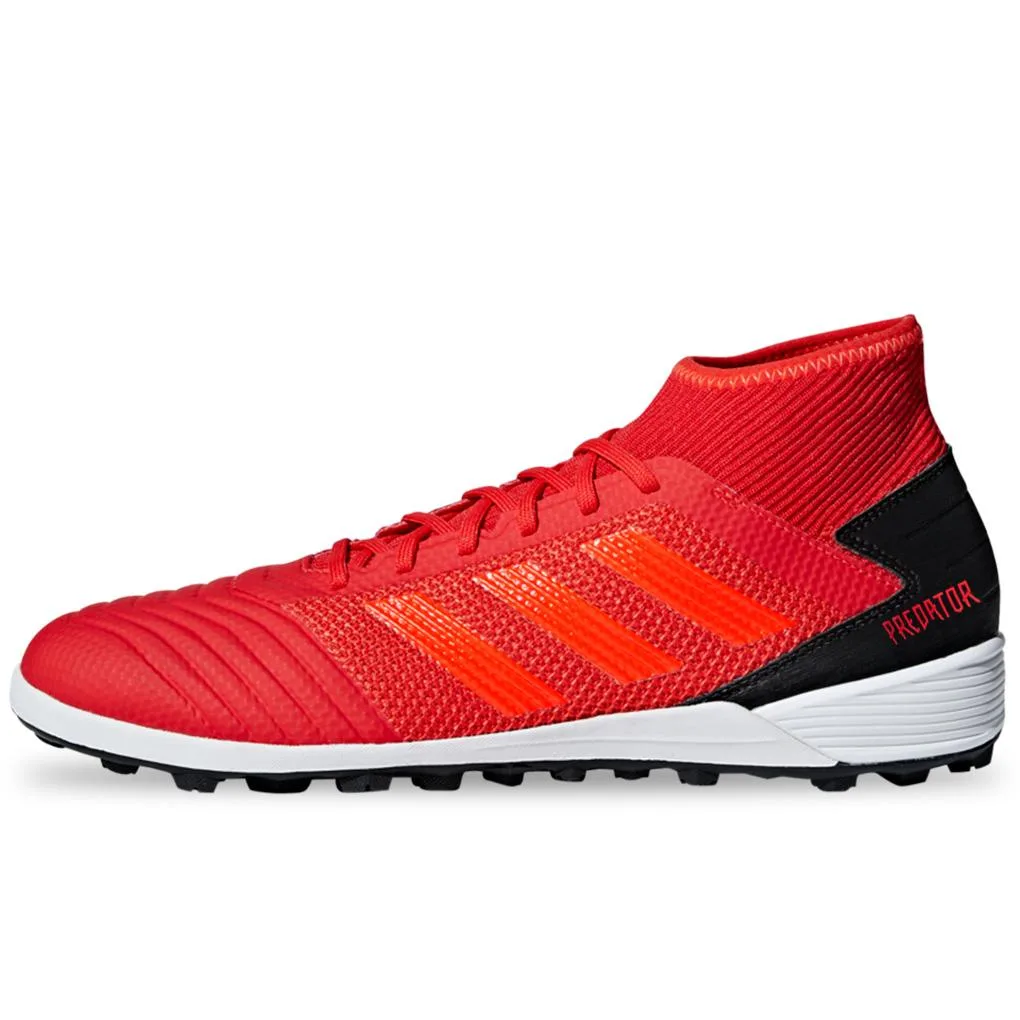
However, that upper also comes at a slight cost. The dampened sensation made me feel a little less connected on the ball when striking the ball with harder shots or longer passes. It felt like it took power away from my shots. Those came down to technique, but perhaps players who have been used to thinner uppers might need time to get used to the heavy padding of the GAViC Ten.
With the Hisaki Pads, I think it’s a bit of a gimmick – you don’t feel it effecting your game. The poron pads are too firm. Unlike the memory foam pads on the old Nike CTR 360 1, a boot which has inspired the Hisaki Pad design, the pads do not provide any form of dampening sensation. You do get a slightly nicer and crisp feeling when passing the ball with your instep but I wouldn’t put too much stock into that.

As you’d expect from a boot with an external heel cup and a suede heel liner, lockdown in the boot was fantastic. The synthetic midfoot did not overstretch laterally, keeping my feet locked down even after breaking in that upper. to ensure that the boot held my foot instead of moving with it.
A special shoutout as well to their anti-slip insole which simply works – it reduces slippage and comes with a poron insert on the heel for additional impact protection. My only complaint is that the insole is too thick and makes the boot feel smaller than it should.
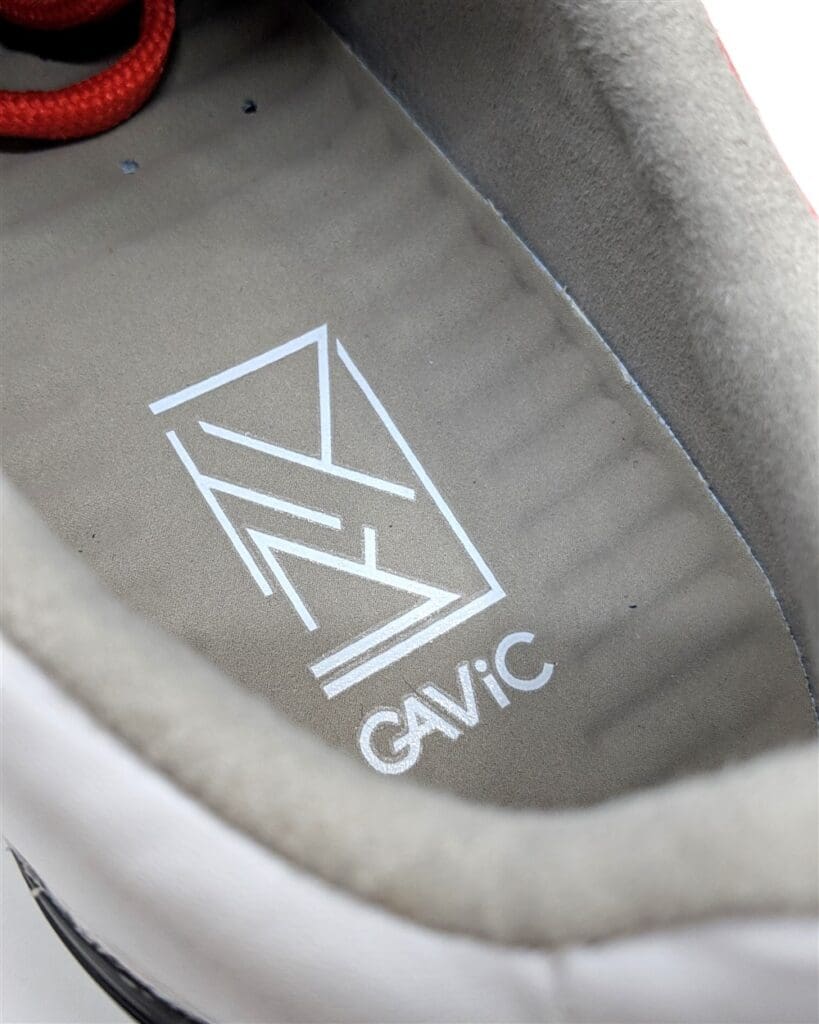
That said, it is one of the few insoles that offer anti-slip properties and comfort and works better than the gimmicky Nike Grip and adidas Boost insoles.
Built for Hard Ground
As a Japan-exclusive boot, it should come as no surprise that the Hard Ground soleplate works brilliantly on both FG and AG surfaces. In particular, I loved the toe-pick claw stud which gives that little bit more bite when pushing off for sprints. It’s something I’ve always felt that the Mizuno Morelia Neo 2 could do with to take it to the next level and I really happy to see it on the GAViC Ten.

The soleplate is also flexible in the forefoot and rigid in the midfoot, allowing for a very natural gait to run in. The studs aren’t exactly circular, but slightly half-moon shaped although they feel pretty much like conical studs, giving you nice manoeuvrability on pitch.
What Does This Mean for the GAViC Brand?
All in all, the GAViC Ten is a solid attempt for the brand’s first foray into the competitive boot market. You get a nice padded leather upper weighing in at a mere 200g. The anti-slip poron insole works well and is comfortable to boot. There’s even the toe pick stud for sprinting.
The Ten definitely does enough to differentiate itself from the rest of the Japanese boots and continue providing quality – and it only costs SG$120 which is great value for money. My only concern is durability, as there are some potentially problematic spots on the sidefoot which feels like it could tear easily. For its price though, I’d definitely recommend the boots as a spare pair for training.
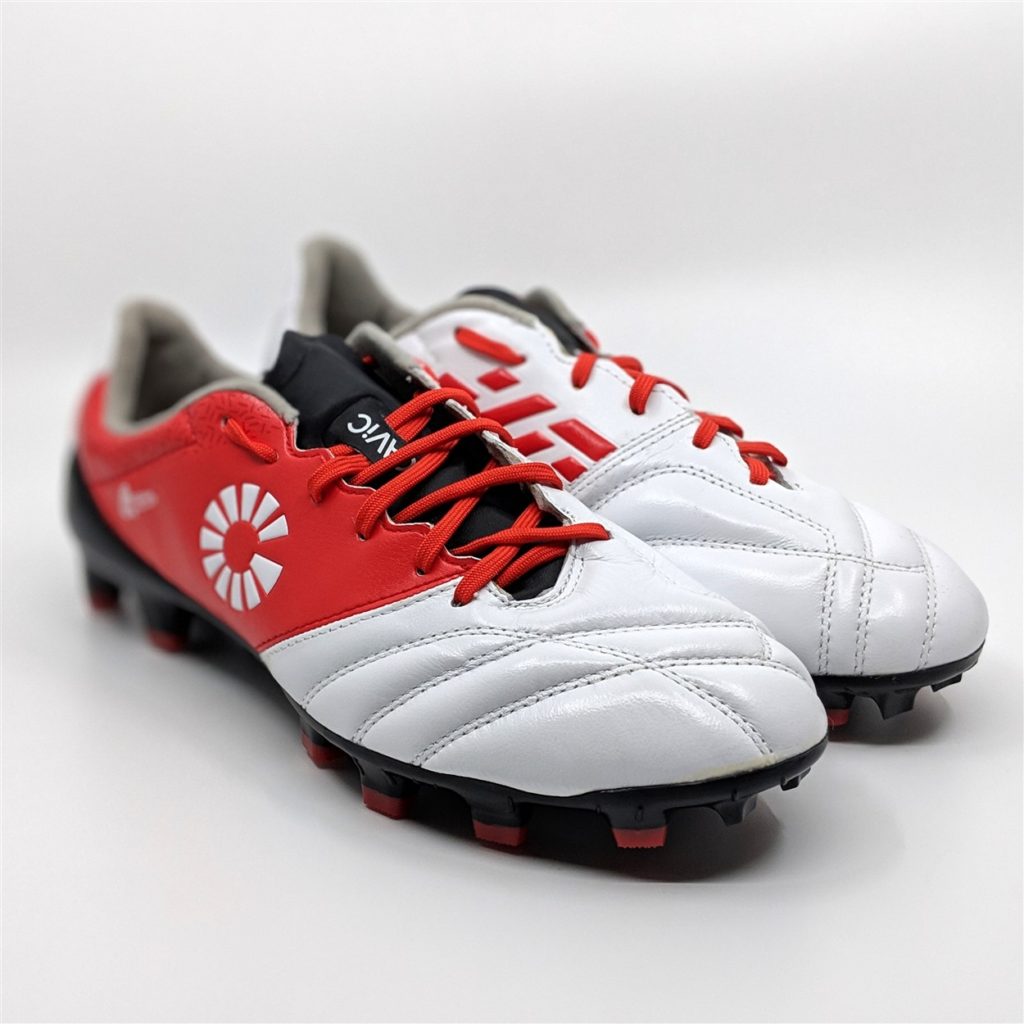
If we’re comparing it to the international market though, that’s where things get interesting. I have no qualms recommending the GAViC Ten over established take down models like the Nike Tiempo Legend Pro or even the adidas Copa 19.2 due to the value proposition.
Sort out the durability issues and improve the quality of the kangaroo leather and I’d be happy to throw them into my top 5 boots of the year list as well.

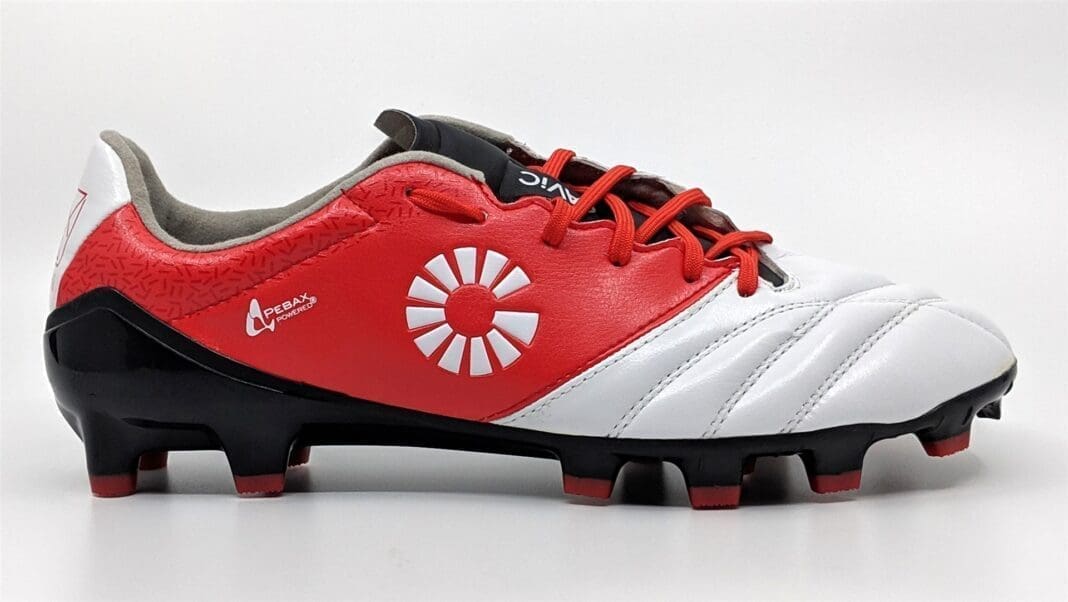



Hi
nice review! can i check what’s your mizuno morelia neo 2 sizing and this? If im 27.5 on the morelia neo 2 should i stay the same with gavic?
I wish to order one online! Thanks!
Hey Ethan,
I believe we spoke via Instagram about this. The Gavic is cut wider than the Morelia Neo 2 but is shorter length wise. If you’re a 27.5 on the Neo 2, go with 28 on the Gavic. Enjoy!
Hi
May i know whats your mizuno morelia neo 2 sizing and gavic ten? If i am 27.5 on the neo 2, should i follow the same for gavic too?
thank you! nice review, keep it up!